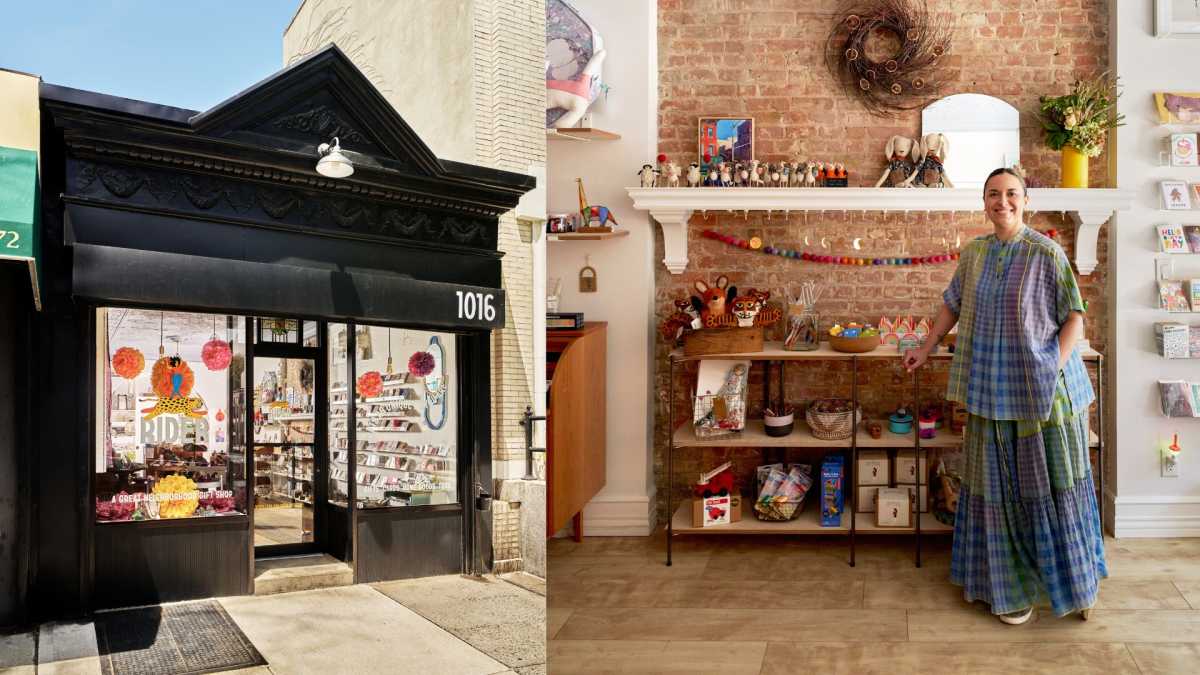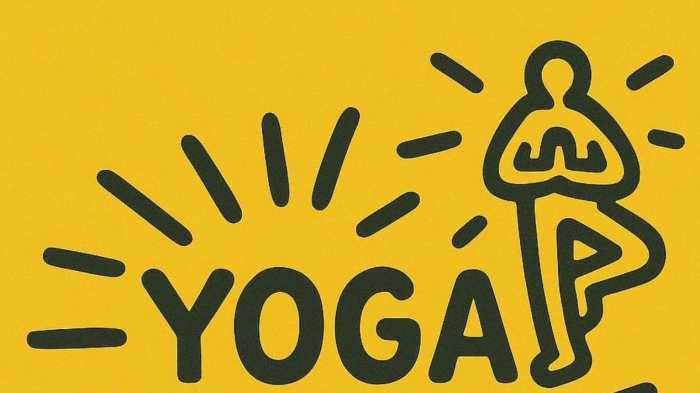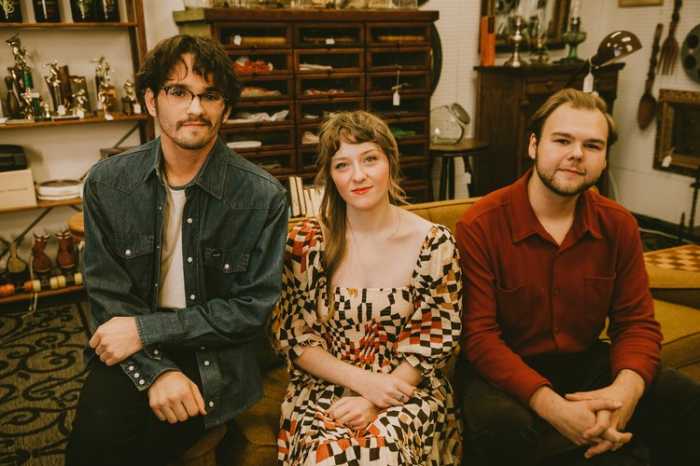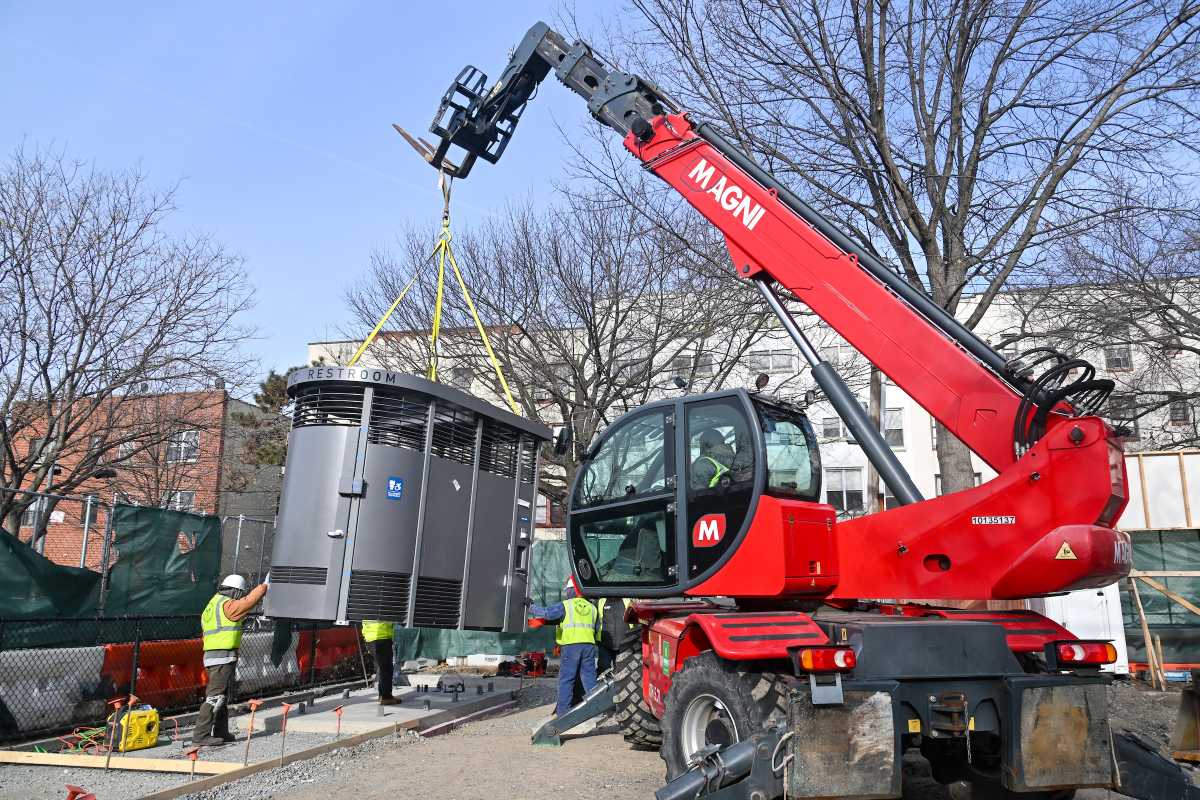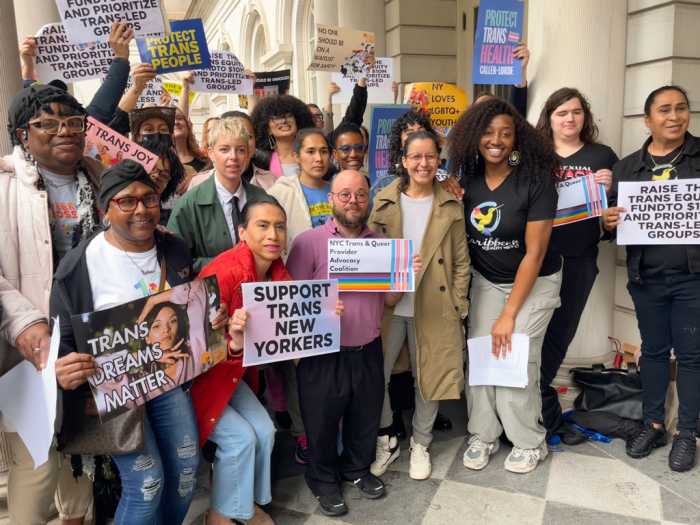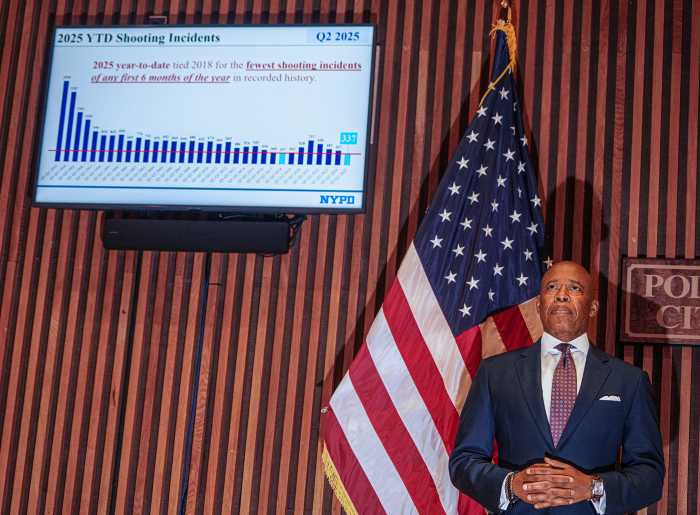When Clem Labine, one of the first so-called “brownstoners,” moved to Park Slope, it was vastly different from the way that the neighborhood is commonly conceived these days. There was “nary a stroller to be seen,” he said,
“I had three kids when I moved in and there was nobody for them to play with,” he said. “Now Park Slope is nationally famous for its double-wide strollers.”
Labine, who is not related to the famous Brooklyn Dodger pitcher, wasn’t in the market for a brownstone before he bought one on Berkeley Place for $25,000.
He met Evelyn and Everett Ortner, the couple credited for starting the brownstone movement, and they talked up the neighborhood and provided him — as well as many other prospective buyers from Manhattan and Long Island — with two pages worth of homes for sale.
“Brownstone living wasn’t as fashionable back then,” Labine said. “And not as expensive.”
Much of the housing stock back in 1967 was run down and neglected. Many homes had been converted to Single Room Occupancy dwellings for workers at the Brooklyn Navy Yard and at manufacturing jobs down in the Gowanus. Many had absentee landlords. Seventh Avenue back then only had two places to eat: Purity Diner (still there, but in a different location) and Michelle’s Restaurant on Flatbush Avenue.
The borders of the neighborhood also were far tighter than they are now. Sixth Avenue was basically the border then — past that and you were asking for gang trouble. And “Ninth Street was the end of the world,” Labine said. One had to worry about the “presence of dragons beyond Ninth Street.”
Urban pioneers looking to move into Park Slope found homeowners eager to sell. They were primarily Irish and Italian families who felt they had nearly missed out on the great move to the suburbs and were looking to avoid being trapped in the neighborhood.
The pioneers would work 10–15 years to spruce up the neighborhood and make it safer and more interesting and then the New York Times would write about it and attract more economically advantaged people.
Over time, it builds and churns until you have a neighborhood the way it is now, with strollers and housing costing 100 times what it used to.
Yes, some of the small places that made the neighborhood worth visiting and living in are being driven out, and some say that Park Slope might be in its cultural death throes.
Jane Jacobs wrote that the two businesses that can afford to stay in a neighborhood once rents are jacked up too high are banks and real estate offices, Labine said.
“The Slope is filled with bank outlets and real estate offices,” Labine said.
But change brings new life, too. Fourth Avenue — once the farthest western frontier of the neighborhood — is now booming with luxury development, a boutique hotel and trendy bars that attract Williamsburg hipsters (ain’t that a change?).






